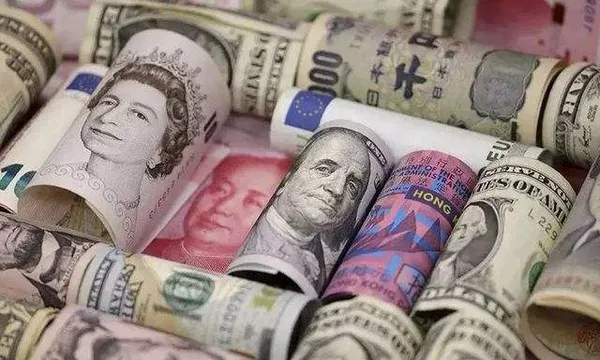The Japanese Yen (JPY) has recovered from a dip during the Asian session against the US Dollar (USD), aiming to extend the gains observed over the past two days. The currency‘s safe-haven appeal is being supported by concerns surrounding US President Donald Trump’s trade policies and rising global geopolitical tensions. Additionally, speculation regarding potential interest rate hikes by the Bank of Japan (BoJ) in 2025, despite a recent dovish pause, is further strengthening the Yen.
However, the optimism stemming from hopes of a de-escalating US-China trade conflict and reduced fears of a US recession is tempering enthusiasm for the JPY. Traders remain cautious, opting to wait for signals on the Federal Reserve’s (Fed) rate-cut strategy, which will influence both the USD and the USD/JPY pair. This caution has placed a spotlight on the outcome of this week’s crucial two-day Federal Open Market Committee (FOMC) meeting.
Japanese Yen traders appear hesitant, caught between mixed economic signals ahead of the pivotal FOMC meeting. The BoJ’s recent decision to slash its growth and inflation forecasts has led to a reduction in expectations for a rate hike as early as June or July. Nonetheless, the central bank has affirmed its commitment to raising rates further if economic conditions align with its forecasts.
Meanwhile, US President Trump’s unpredictable trade policies continue to overshadow the positive momentum generated by easing US-China trade tensions. On Sunday, Trump announced a 100% tariff on all foreign-made movies, adding to investor uncertainty. Geopolitical risks are also playing a role in supporting the Yen, with ongoing developments in Ukraine and Israel raising concerns.
The defense ministry of Russia reported a second consecutive night of drone attacks targeting Moscow, following fresh reports of Ukraine attempting to cross into Russia’s Kursk region. This comes after Russian President Vladimir Putin called for a three-day ceasefire from May 8-10. Similarly, Israel launched airstrikes in Yemen in response to a missile attack from Iran-backed Houthis that hit Israel’s main airport. The Houthis have warned of further strikes, adding to regional instability.
On a more optimistic note, Trump has hinted at the possibility of trade agreements with select countries this week, including a potential reduction of tariffs on China. China’s Commerce Ministry also expressed interest in resuming trade talks with the US.
Economic data from the US is adding complexity to the situation. A survey by the Institute for Supply Management (ISM) revealed that growth in the US services sector accelerated in April, bolstered by strong labor market indicators that are alleviating recession fears. This has provided a tailwind for the US Dollar, keeping a lid on Yen strength.
Despite the market’s cautious approach, traders are refraining from making significant moves ahead of the FOMC meeting. Investors will closely monitor the Fed’s stance on interest rates, as any indications of further rate cuts will likely influence the USD and the USD/JPY exchange rate.
From a technical standpoint, the USD/JPY pair has struggled to maintain upward momentum after facing resistance near the 50% Fibonacci retracement level of the March-April decline. The 200-period Simple Moving Average (SMA) on the 4-hour chart acted as a barrier, resulting in a subsequent decline. With negative signals from daily and hourly oscillators, the path of least resistance appears to be to the downside. Any potential recovery above the 144.00 level is likely to face selling pressure near the 144.25-144.30 region, unless it manages to break this resistance level, which could trigger a rally toward the 145.00 mark.
On the downside, a breach below the Asian session low around 143.50 could pave the way for a decline toward the 143.30 support level, with further potential to reach 143.00. The next significant support level is seen around 142.65, with further weakness possibly extending the pair to 142.00, and ultimately to the 141.60-141.55 zone, and the psychological 141.00 level.
Related Topics:
- Current USD Exchange Rate: $1,000 to Yen
- Does Japan Still Use the 100 Yen Coin?
- What Does 100 Yen Represent?


